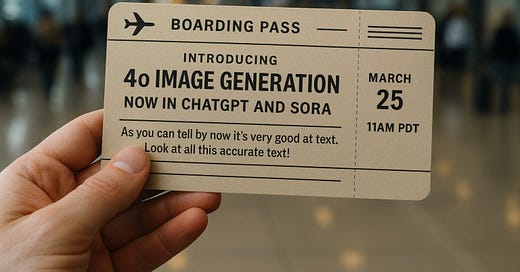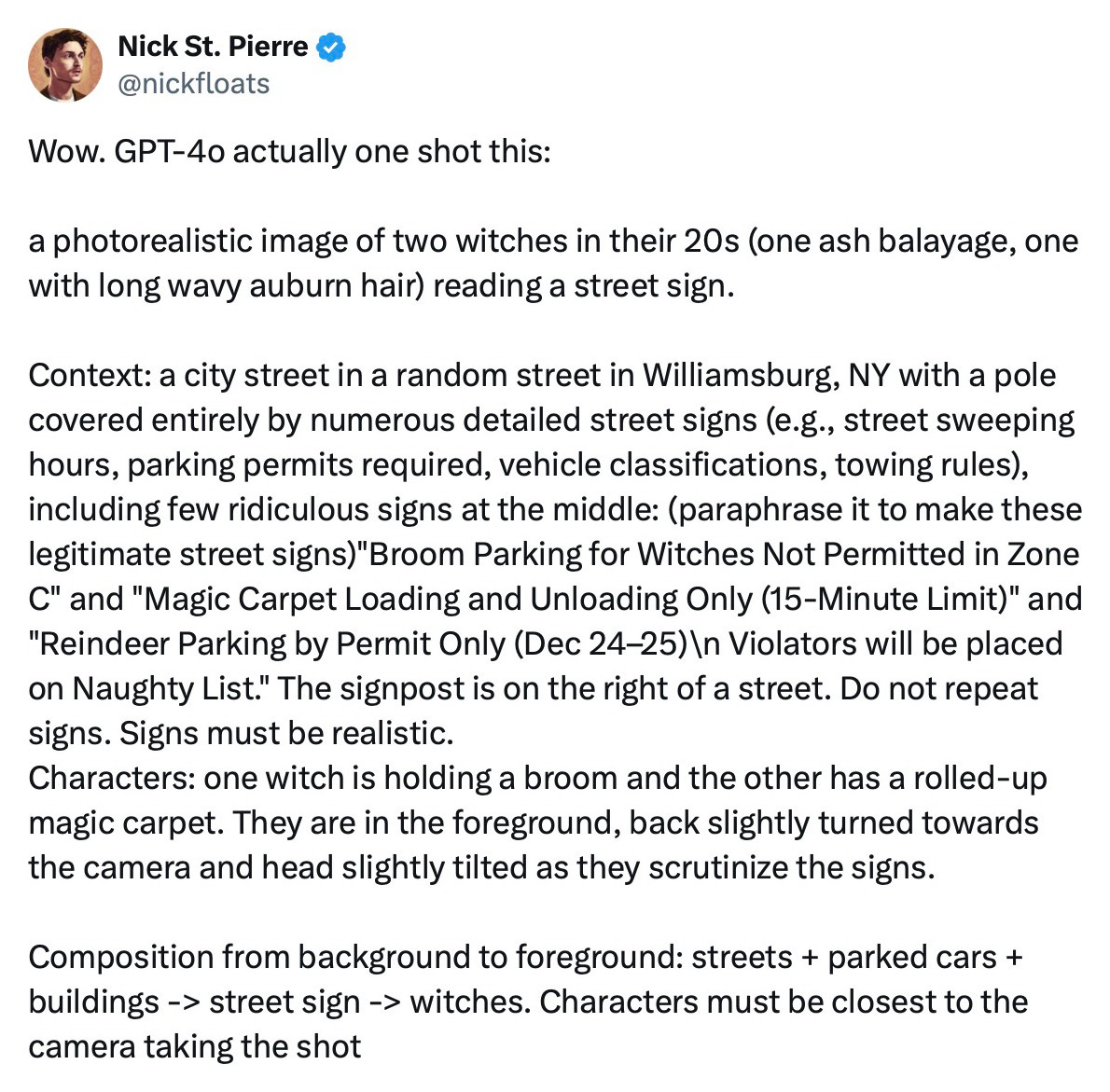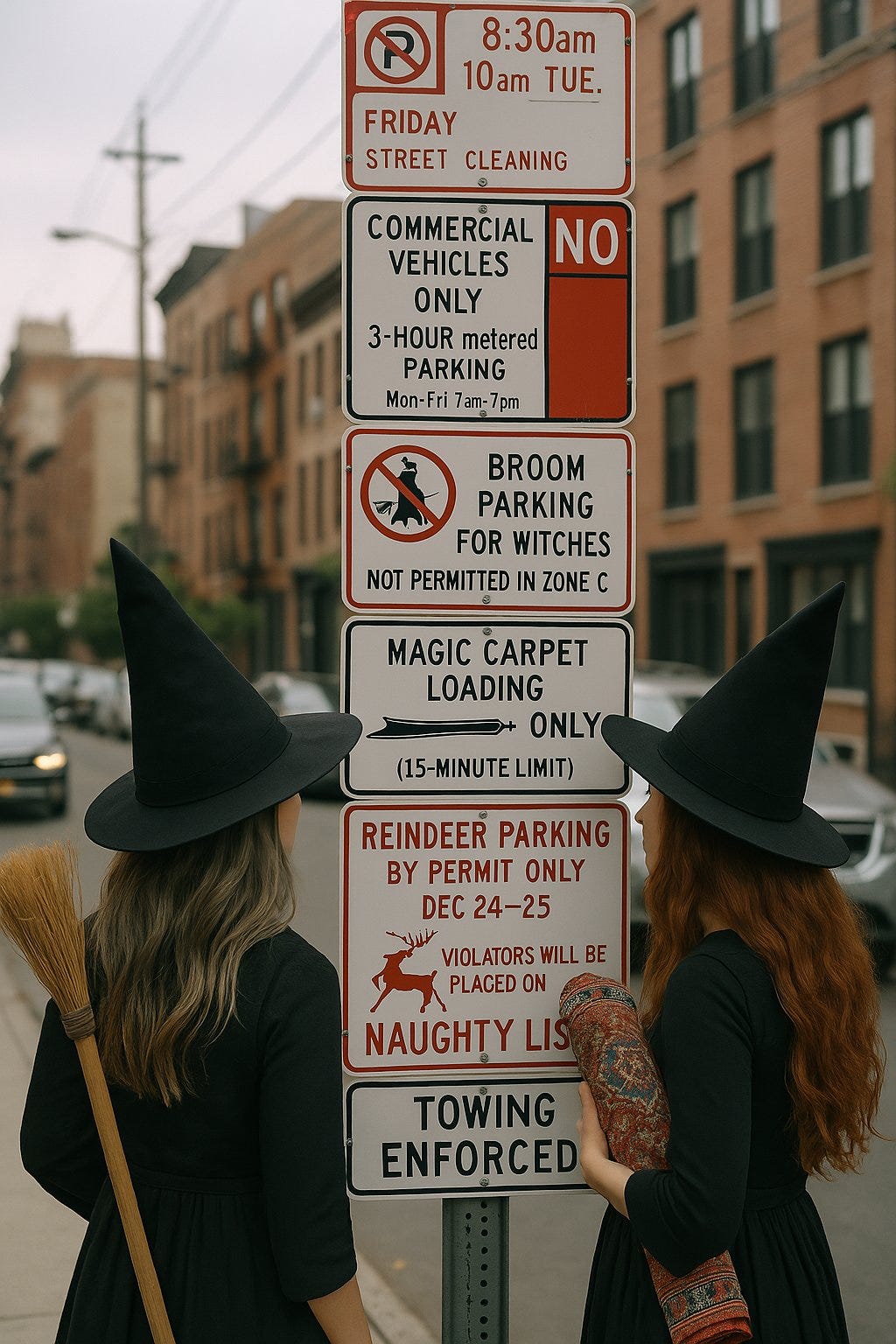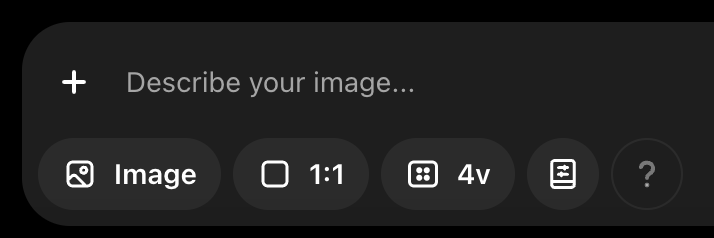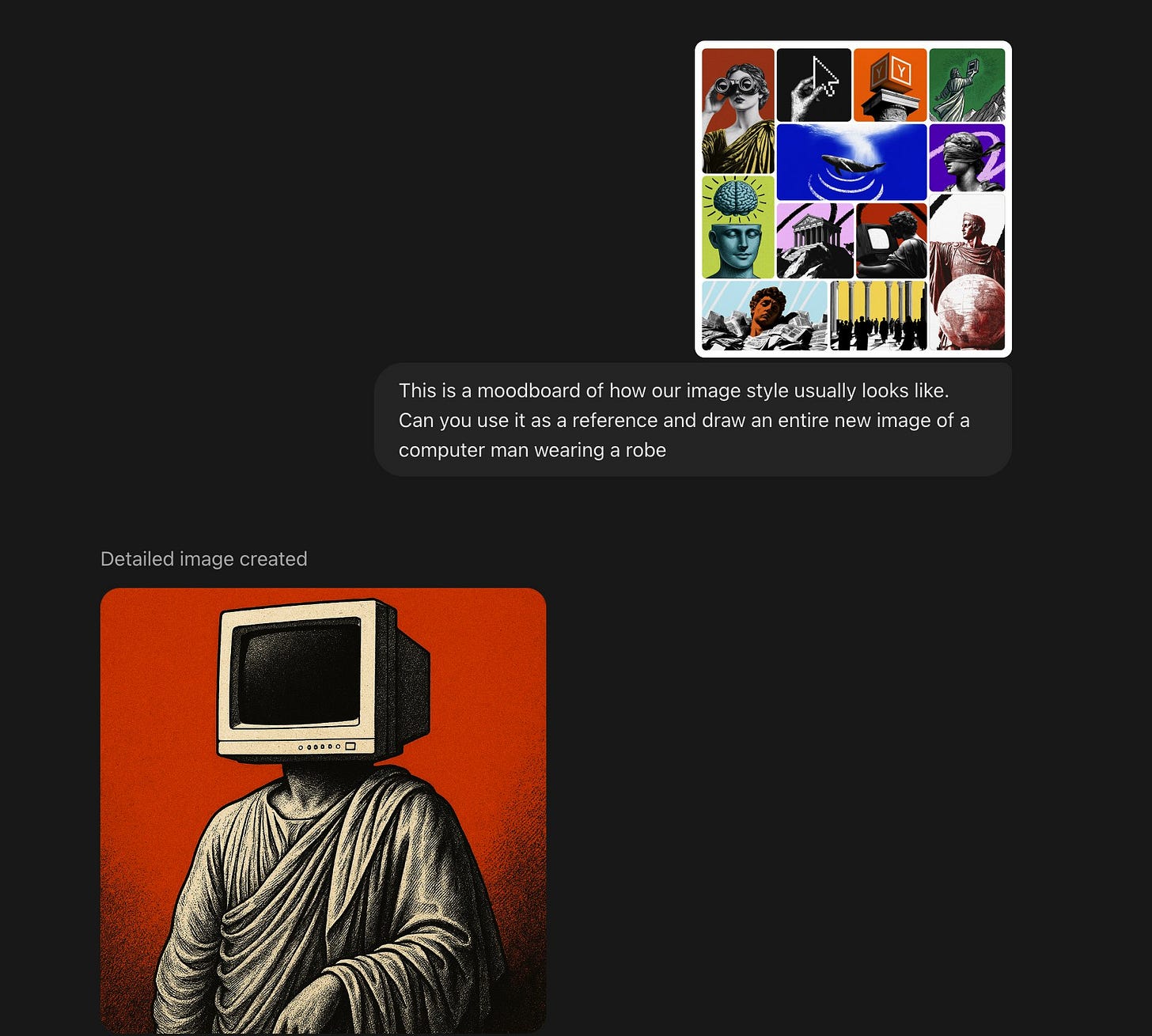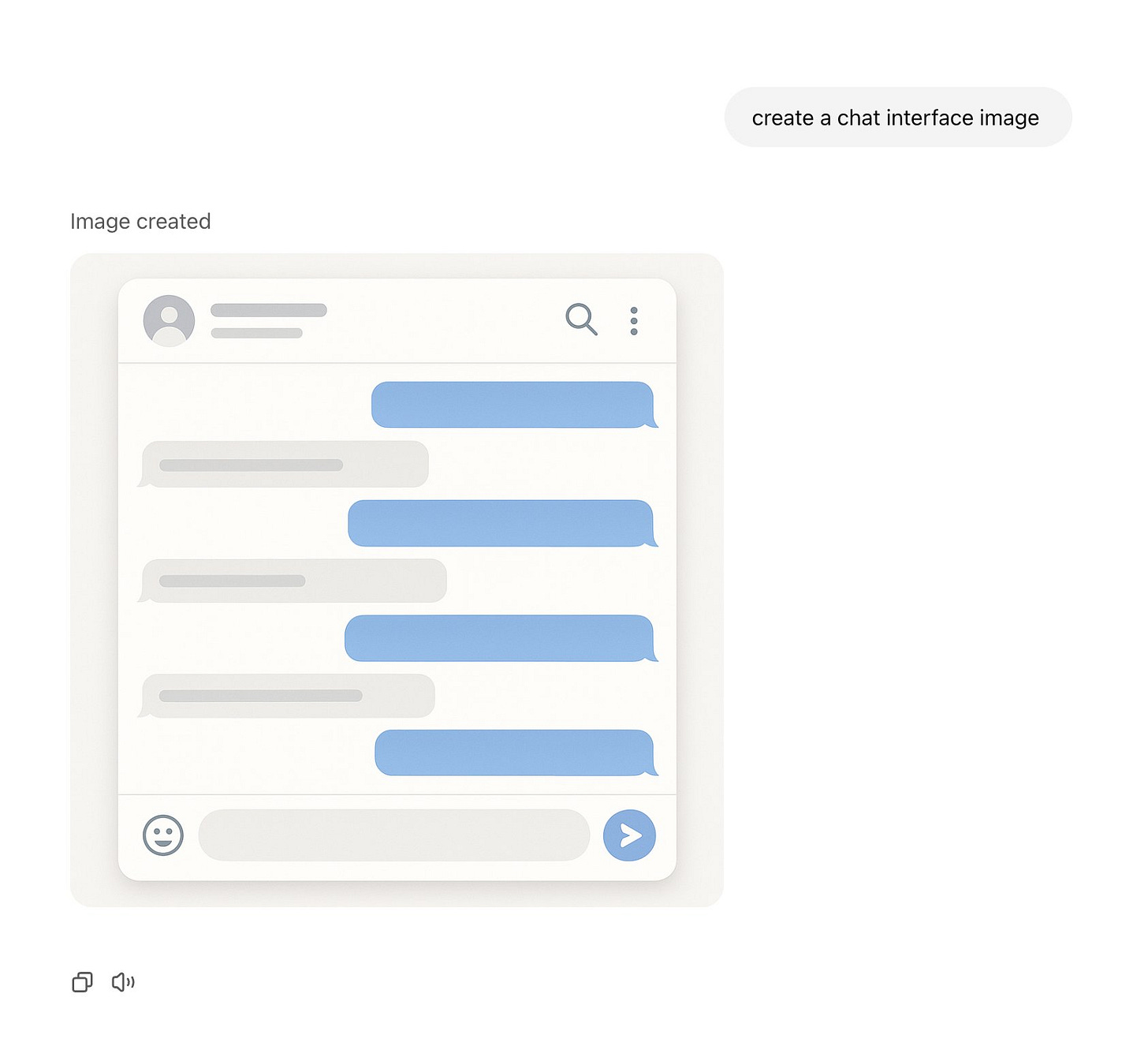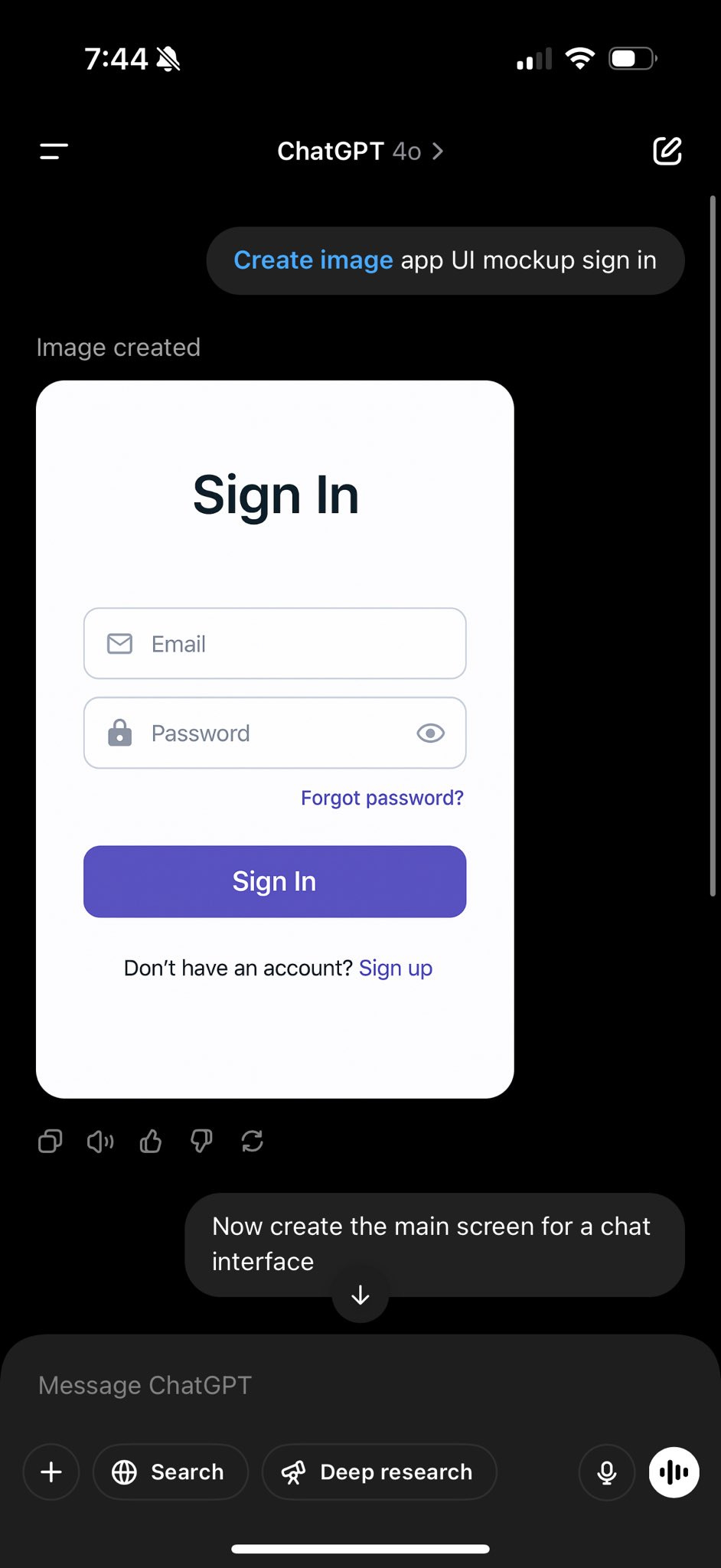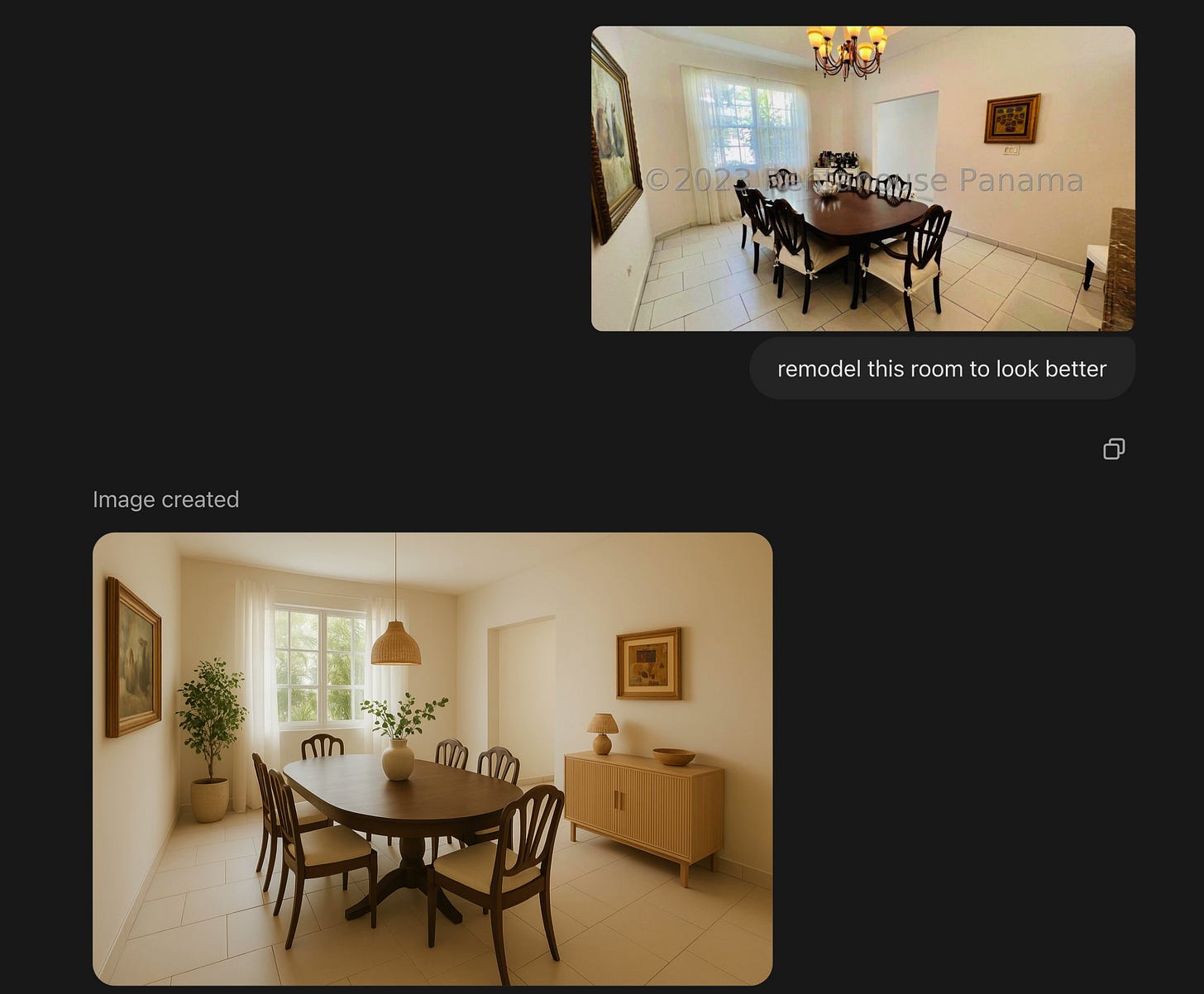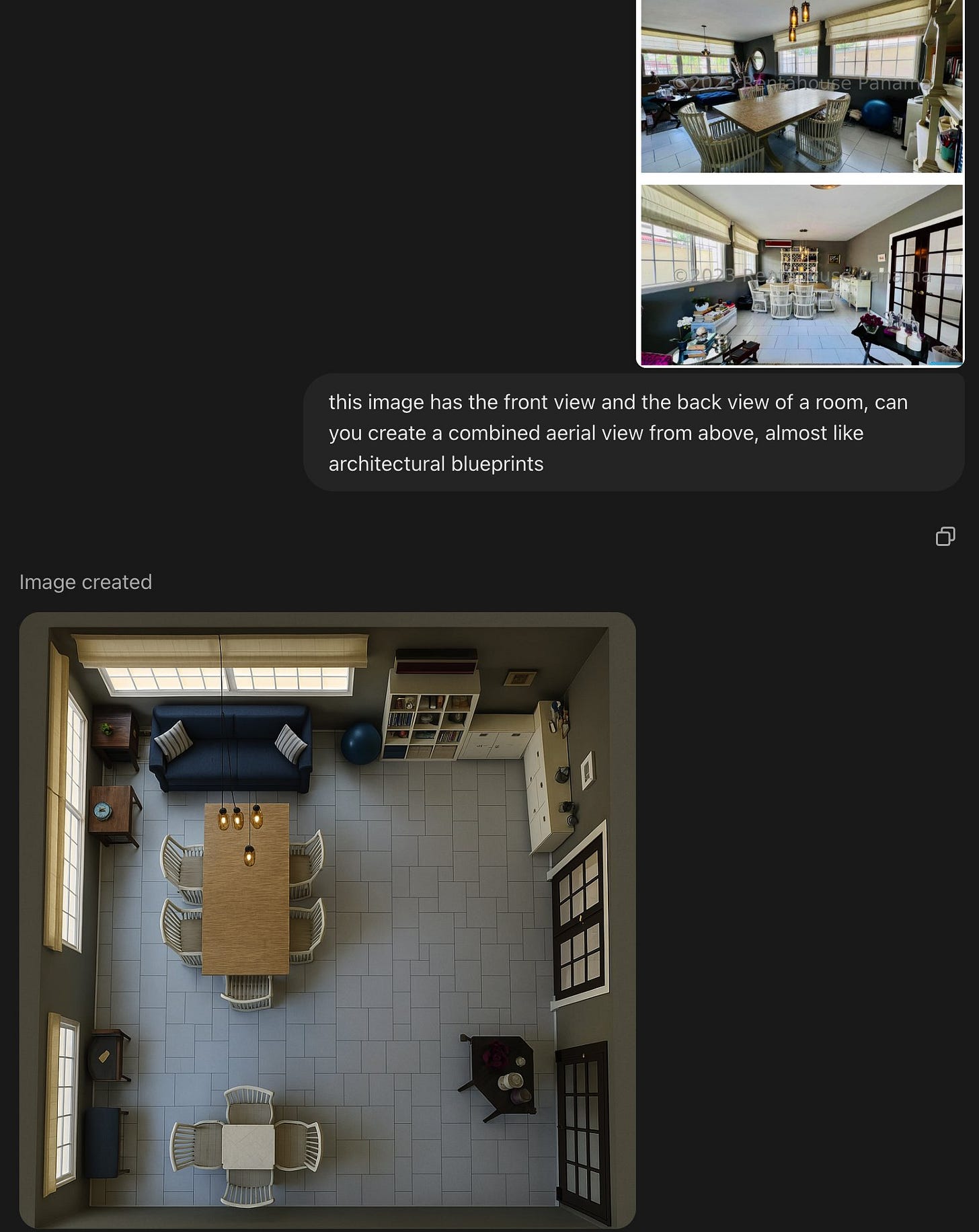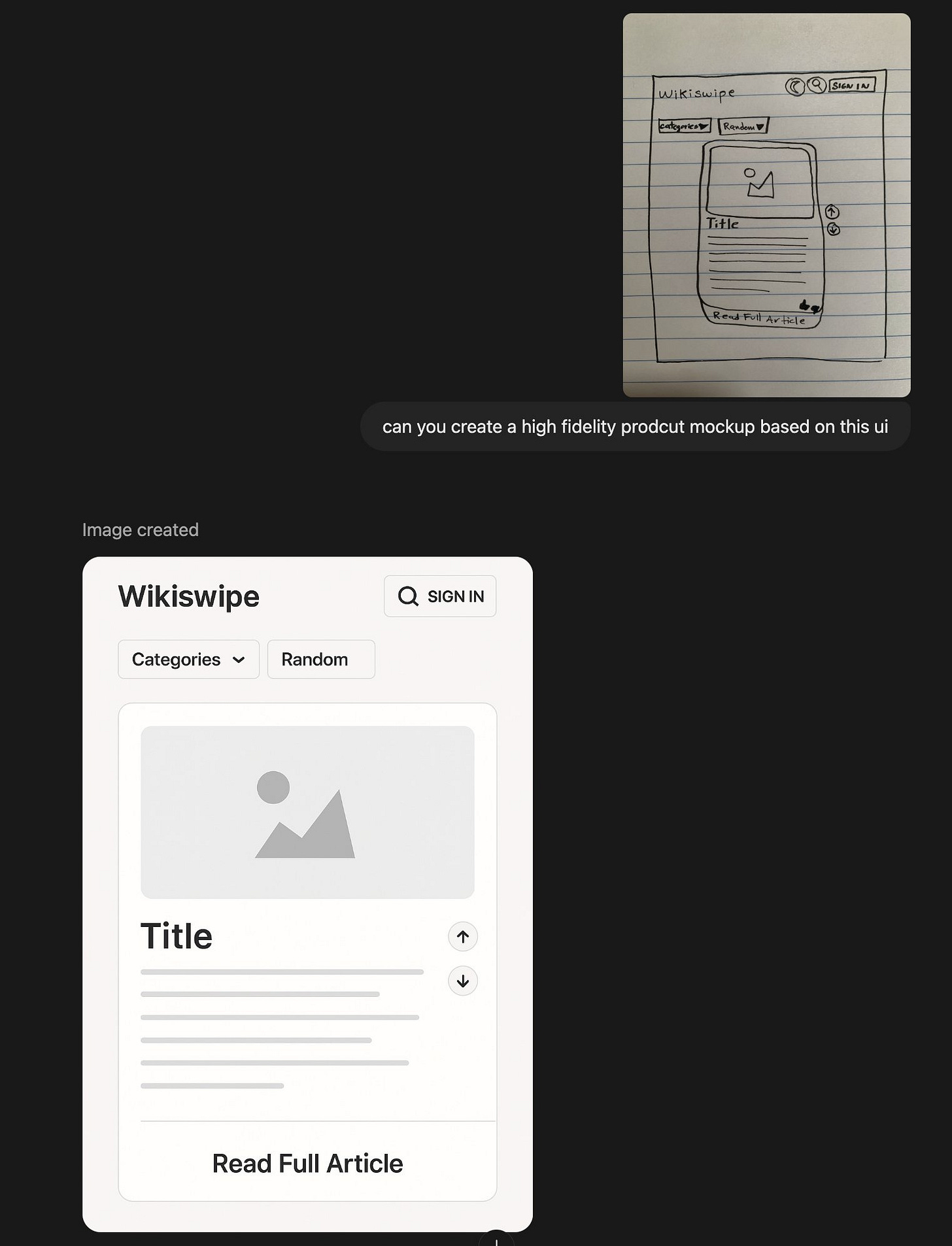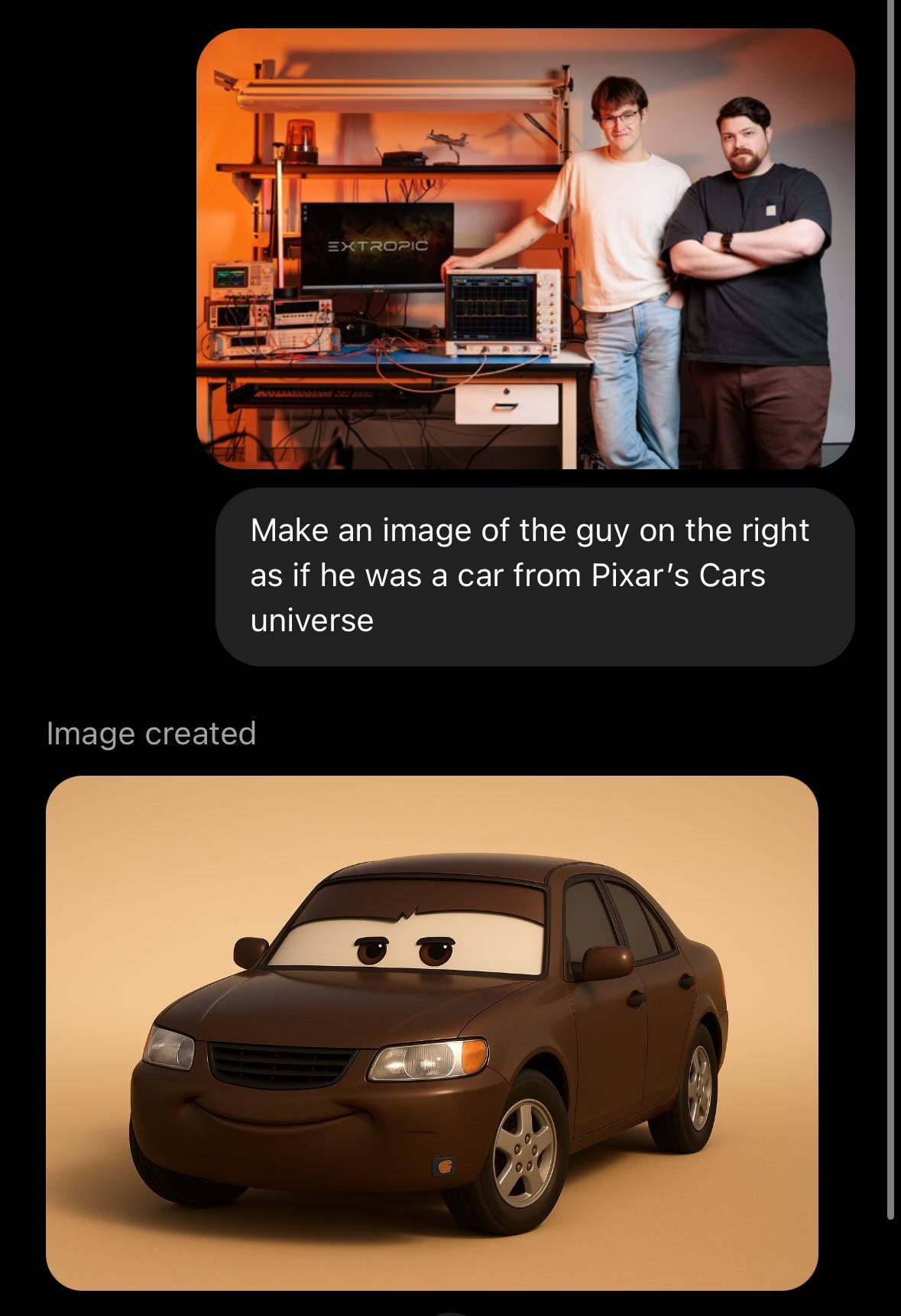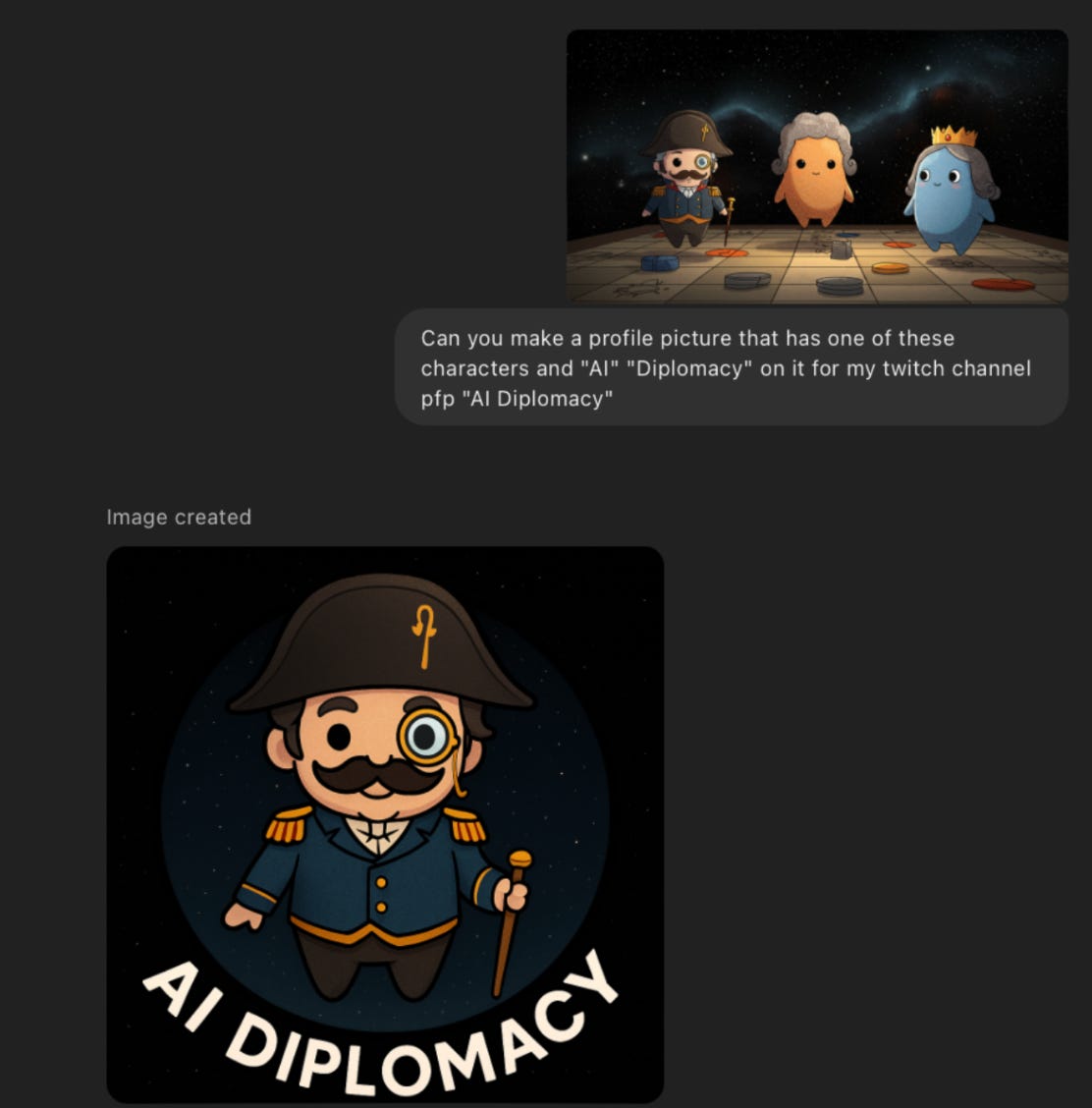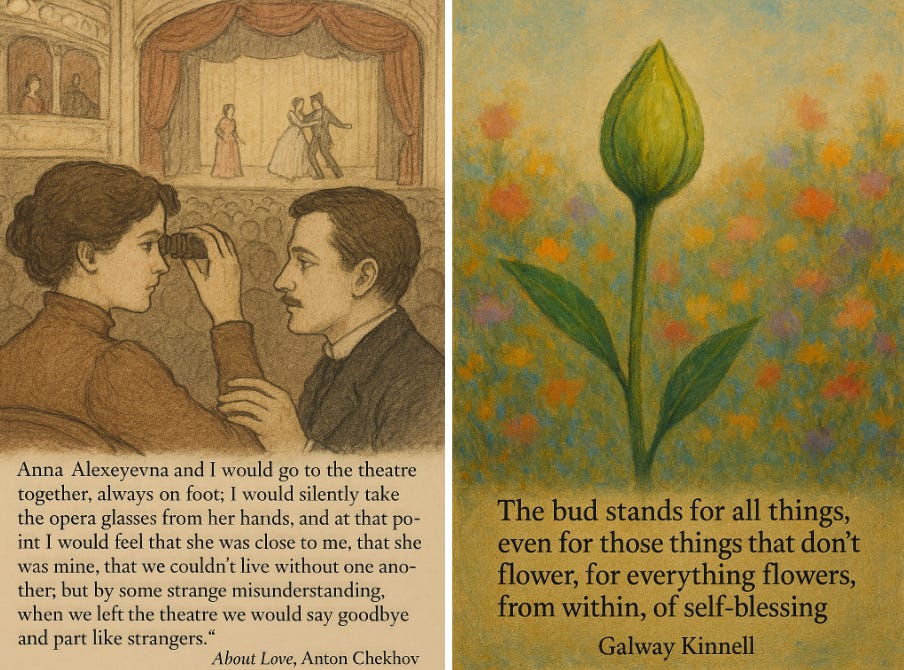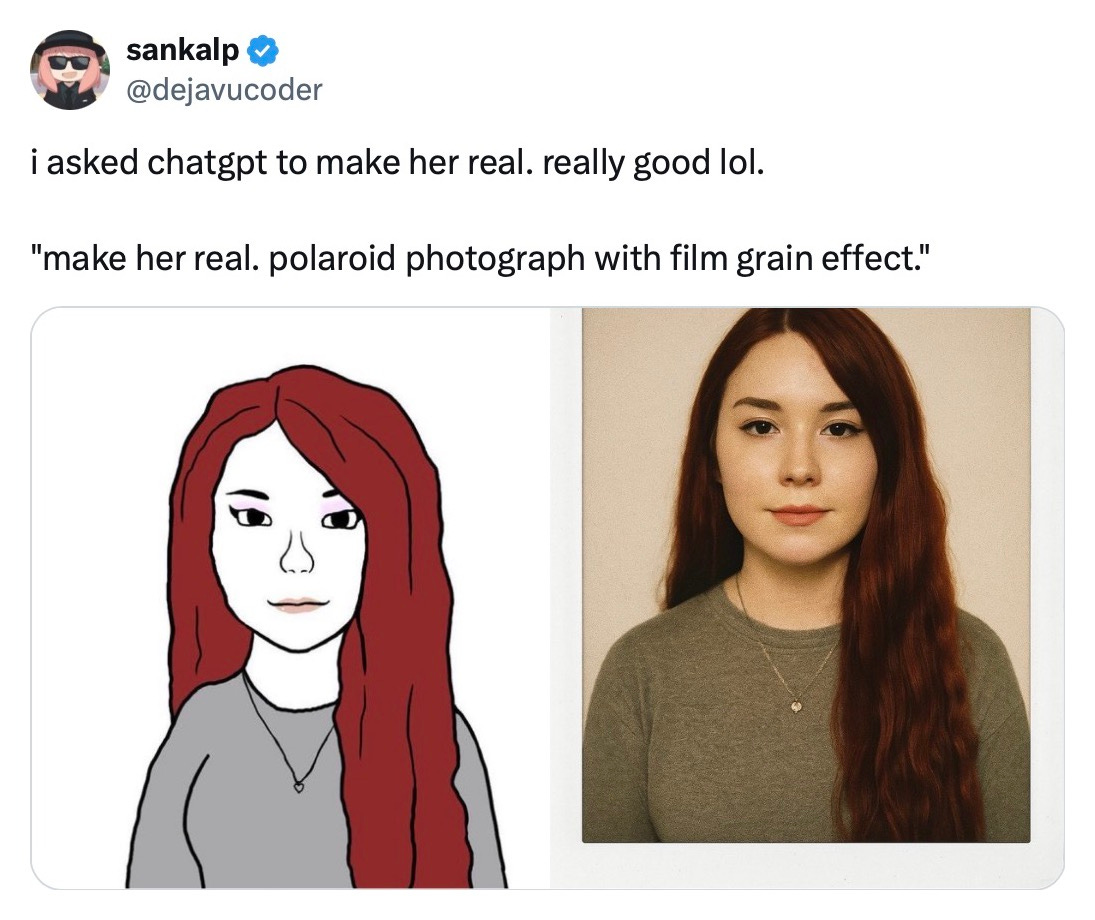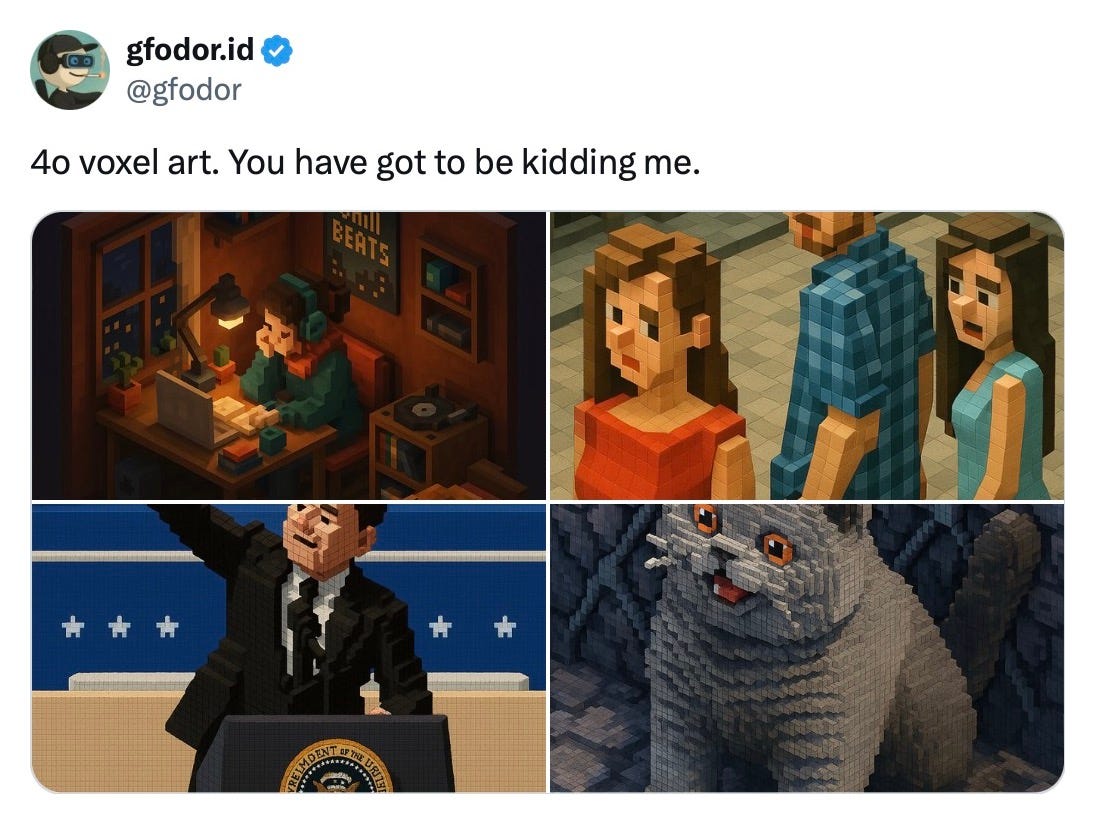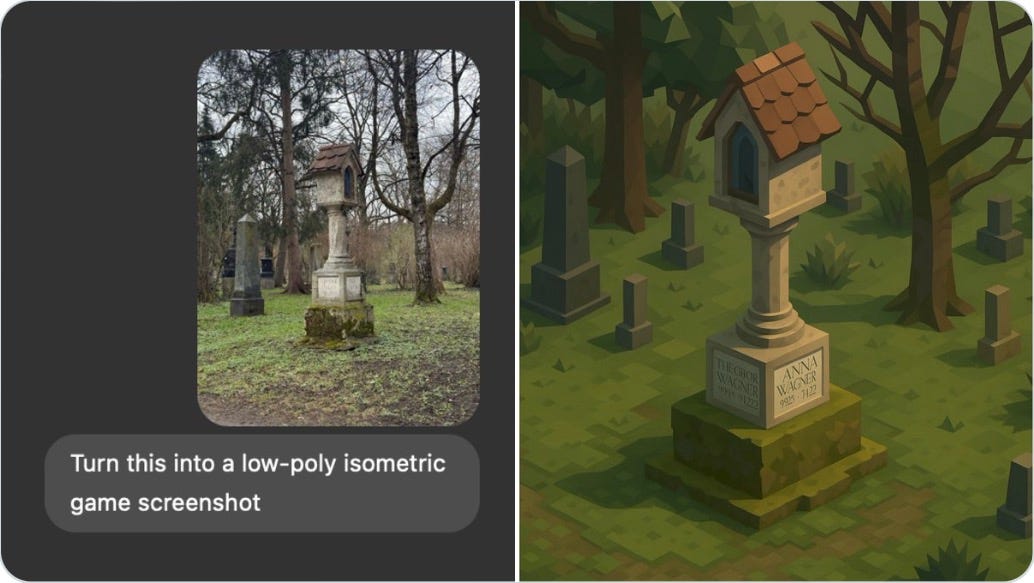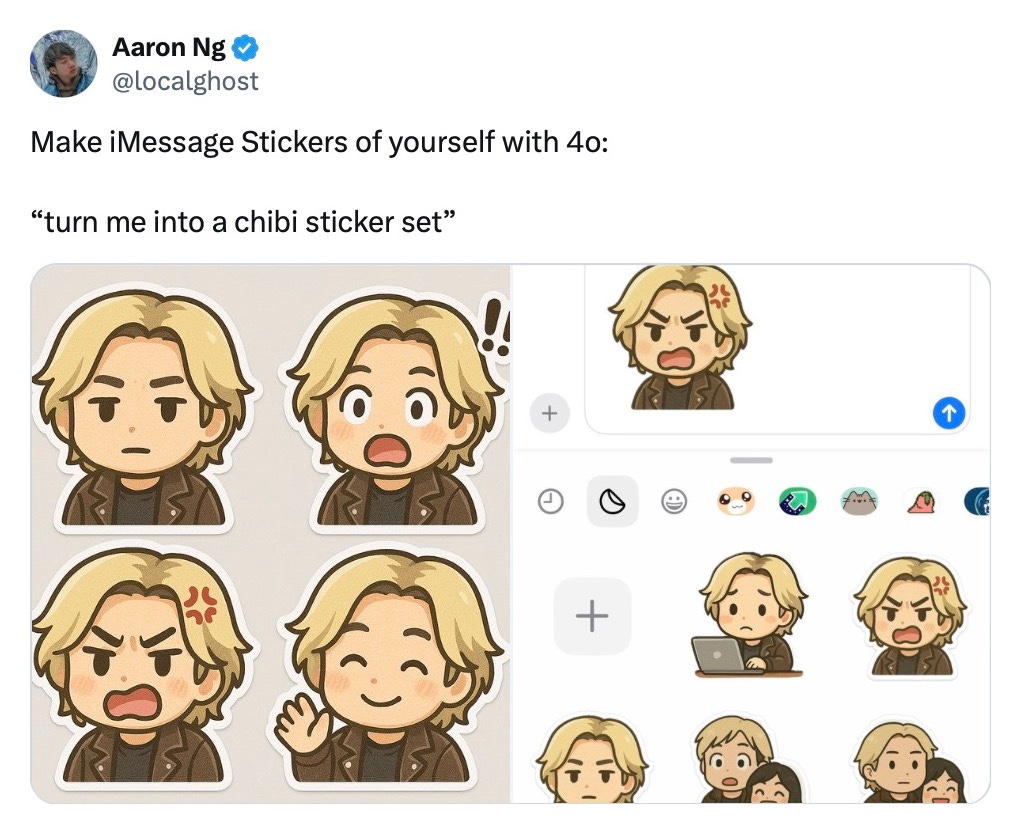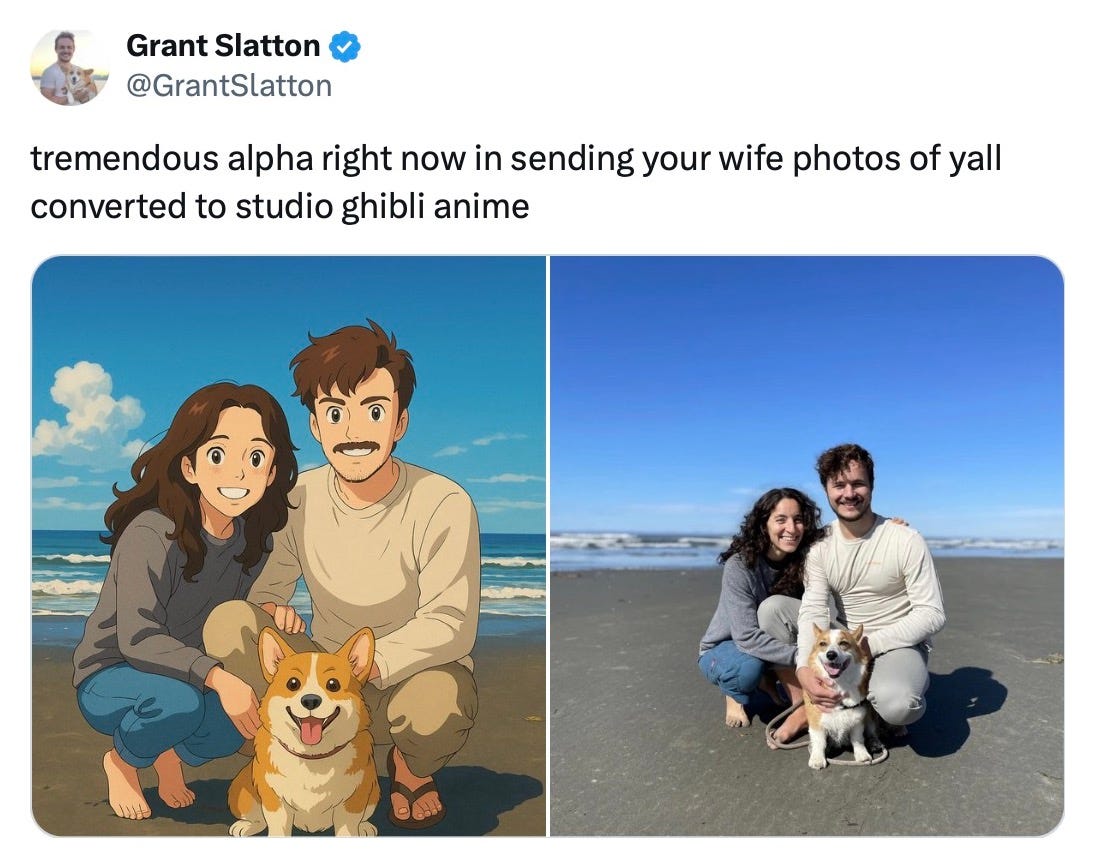Introduction
Last week marked a historical moment in AI image generation. ChatGPT has solved text generation within images, and this has unlocked a number of use-cases. I’ll first go through some interesting examples, then dive into some examples I’ve seen used in businesses
To start, here’s an incredible example of how much detail the new ChatGPT Image Generation Model can handle:
Best Practices
Use the Official Site
People are having trouble with ChatGPT-4o not generating the right image and not having certain customization options
Go to sora.com to get the full feature set:
Use the Brush Tool to Make Precise Edits
Collect Visual Data
You can give it moodboards, image styles, visual guidelines, or reference images:
Understand How This Changes The Industry
Analyzing the present helps you understand where the future is headed, so you can capitalize on it before others do
Here is a list of predictions from Balaji Srinivasan:
This changes filters. Instagram filters required custom code; now all you need are a few keywords like “Studio Ghibli” or Dr. Seuss or South Park
This changes online ads. Much of the workflow of ad unit generation can now be automated, as per QT below
This changes memes. The baseline quality of memes should rise, because a critical threshold of reducing prompting effort to get good results has been reached
This may change books. I’d like to see someone take a public domain book from Project Gutenberg, feed it page by page into Claude, and have it turn it into comic book panels with the new ChatGPT. Old books may become more accessible this way
This changes slides. We’re now close to the point where you can generate a few reasonable AI images for any slide deck. With the right integration, there should be less bullet-point only presentations
This changes websites. You can now generate placeholder images in a site-specific style for any <img> tag, as a kind of visual Loren Ipsum
This may change movies. We could see shot-for-shot remakes of old movies in new visual styles, with dubbing just for the artistry of it. Though these might be more interesting as clips than as full movies
This may change social networking. Once this tech is open source and/or cheap enough to widely integrate, every upload image button will have a generate image alongside it
This should change image search. A generate option will likewise pop up alongside available images
In general, visual styles have suddenly become extremely easy to copy, even easier than frontend code. Distinction will have to come in other ways
Use Cases
Before I get into the business use-cases, here are some examples, so you can get an idea for what this is capable of
User Interface Design
It can create designs from scratch:
Copying Existing Interfaces
It can also take inspiration from existing designs to copy from, (and then you can use these designs to generate code):
Interior Design and Remodeling
Generating Points-of-View AKA Shape Rotating
You can rotate anything from logos to rooms:
Turn Sketches into High-Fidelity Wireframes
Create Derivative Works
Visualize Scenes from a Novel or Poem
Transform Minimalism to Realism
Copy Art Styles
Photographs

Video Game Artefacts and Screenshots
iMessage Stickers
Family Photos
Top Business Use-Cases for ChatGPT Image Generation
Making Ads
As I mentioned in my “decision-making with AI” article, you can

